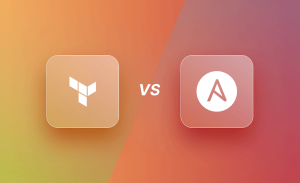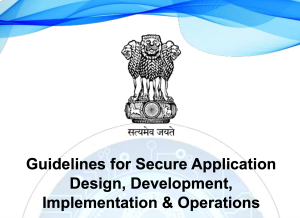
Here are the key benefits of gRPC:
High Performance: gRPC is designed to be highly efficient and performant. It uses a binary protocol (Protocol Buffers) for data serialization, which results in smaller payload sizes and faster data transmission compared to other protocols like JSON. It also supports advanced features like bi-directional streaming, enabling efficient communication between client and server.
Language Agnostic: gRPC provides language bindings for multiple programming languages, including C++, Java, Python, Go, Ruby, and more. This language agnosticism allows developers to use their preferred programming language and leverage gRPC’s capabilities without being limited to a specific technology stack.
Pluggable and Extensible: gRPC allows for easy integration of additional features and functionalities through pluggable authentication, load balancing, and health-checking mechanisms. Developers can customize and extend gRPC to meet their specific requirements without significant modifications to the core framework.
Simplified Development: With gRPC, developers can define services and message types using Protocol Buffers, which provides a concise and language-neutral interface definition. This simplifies the development process by automatically generating client and server code for different programming languages, reducing the amount of boilerplate code that needs to be written.
Strong Typing and Contract-based Development: gRPC utilizes Protocol Buffers as its interface definition language, which allows for strong typing and contract-based development. This ensures that both the client and server are aware of the expected data structures and behaviors, improving the reliability and maintainability of the system.
Streaming and Flow Control: gRPC supports both unary and streaming RPCs. Streaming RPCs enable real-time data streaming between client and server, which is useful for applications that require continuous communication or data synchronization. Additionally, gRPC incorporates flow control mechanisms to handle backpressure and manage data transmission rates, preventing overload and ensuring optimal performance.
Interoperability: gRPC enables interoperability between different platforms and languages, making it easier to build distributed systems that communicate seamlessly across different components. This interoperability is achieved through standardization and adherence to open protocols, allowing gRPC-based services to be integrated with existing systems and architectures.
Community Support: gRPC benefits from an active and growing community of developers. The community provides resources, documentation, and support, making it easier for developers to adopt and leverage gRPC effectively. The community’s contributions also drive ongoing improvements and updates to the framework, ensuring its relevance and compatibility with evolving technologies.
Scalability: As an RPC framework, gRPC is designed to handle large-scale distributed systems. It supports load balancing out of the box, allowing services to distribute traffic efficiently across multiple instances. This scalability feature ensures that gRPC-based applications can handle increased workloads and maintain performance even as the system grows.
Overall, gRPC offers a range of benefits including high performance, language agnosticism, extensibility, simplified development, strong typing, streaming capabilities, interoperability, community support, and scalability. These advantages make gRPC a powerful choice for building efficient and robust distributed systems.
Here are the benefits of gRPC:
High performance: gRPC is designed for high performance, using the HTTP/2 protocol and Protocol Buffers. This can result in significant performance improvements over other RPC frameworks, such as REST.
Smaller message sizes: gRPC messages are serialized using Protocol Buffers, which are a binary format that is much smaller than JSON. This can lead to significant bandwidth savings, especially for large messages.
Support for streaming: gRPC supports streaming of both requests and responses. This makes it well-suited for applications that need to send or receive large amounts of data in real time.
Polyglot support: gRPC is supported by a wide range of programming languages, including Java, C++, Python, Go, and Ruby. This makes it easy to use gRPC in a variety of environments.
Automatic code generation: gRPC provides automatic code generation for client and server applications. This makes it easy to get started with gRPC, even if you are not familiar with the underlying protocol.
Security: gRPC supports a variety of security features, including TLS/SSL encryption and authentication. This makes it a secure choice for applications that need to protect sensitive data.
Overall, gRPC is a powerful RPC framework that offers a number of benefits over other frameworks. If you are looking for a high-performance, reliable, and secure way to communicate between applications, then gRPC is a good choice.
Here are some additional benefits of gRPC:
Efficient use of resources: gRPC uses a number of techniques to efficiently use resources, such as connection pooling and message compression. This can help to improve the performance and scalability of your applications.
Flexibility: gRPC is a flexible framework that can be used in a variety of ways. You can use it to build simple RPCs or complex streaming applications.
Extensibility: gRPC is extensible, so you can add your own custom features to the framework. This makes it a good choice for applications that need to meet specific requirements.





